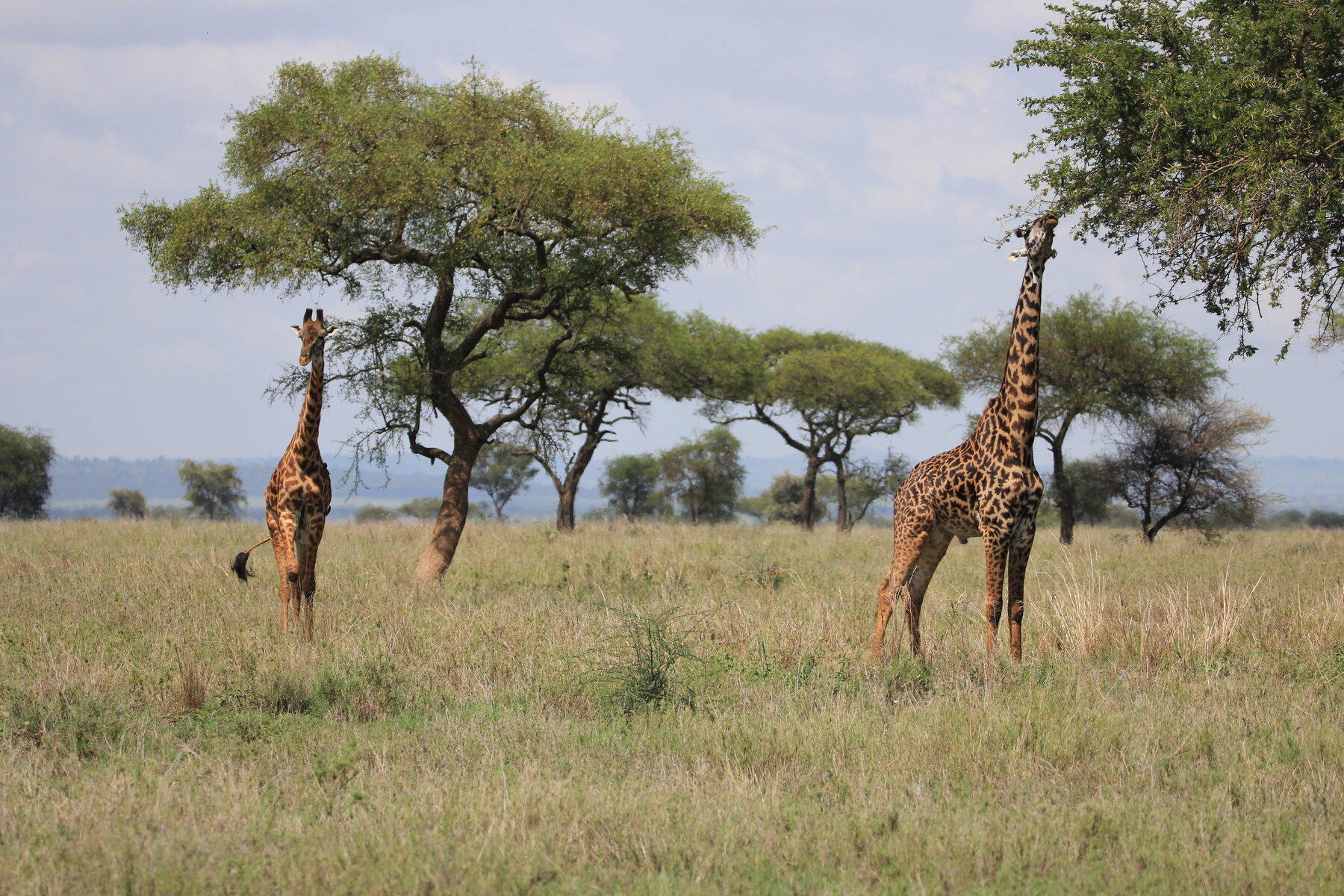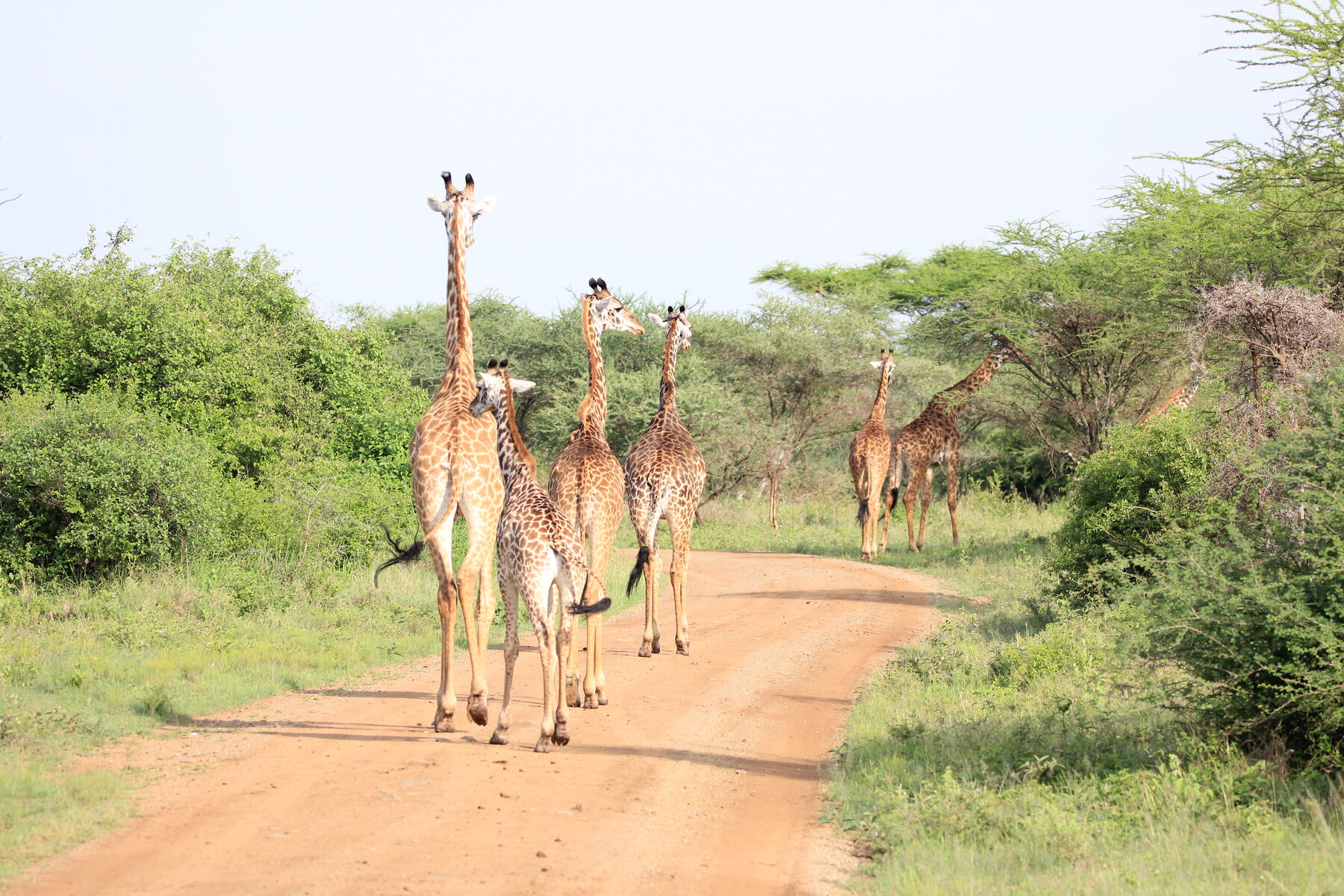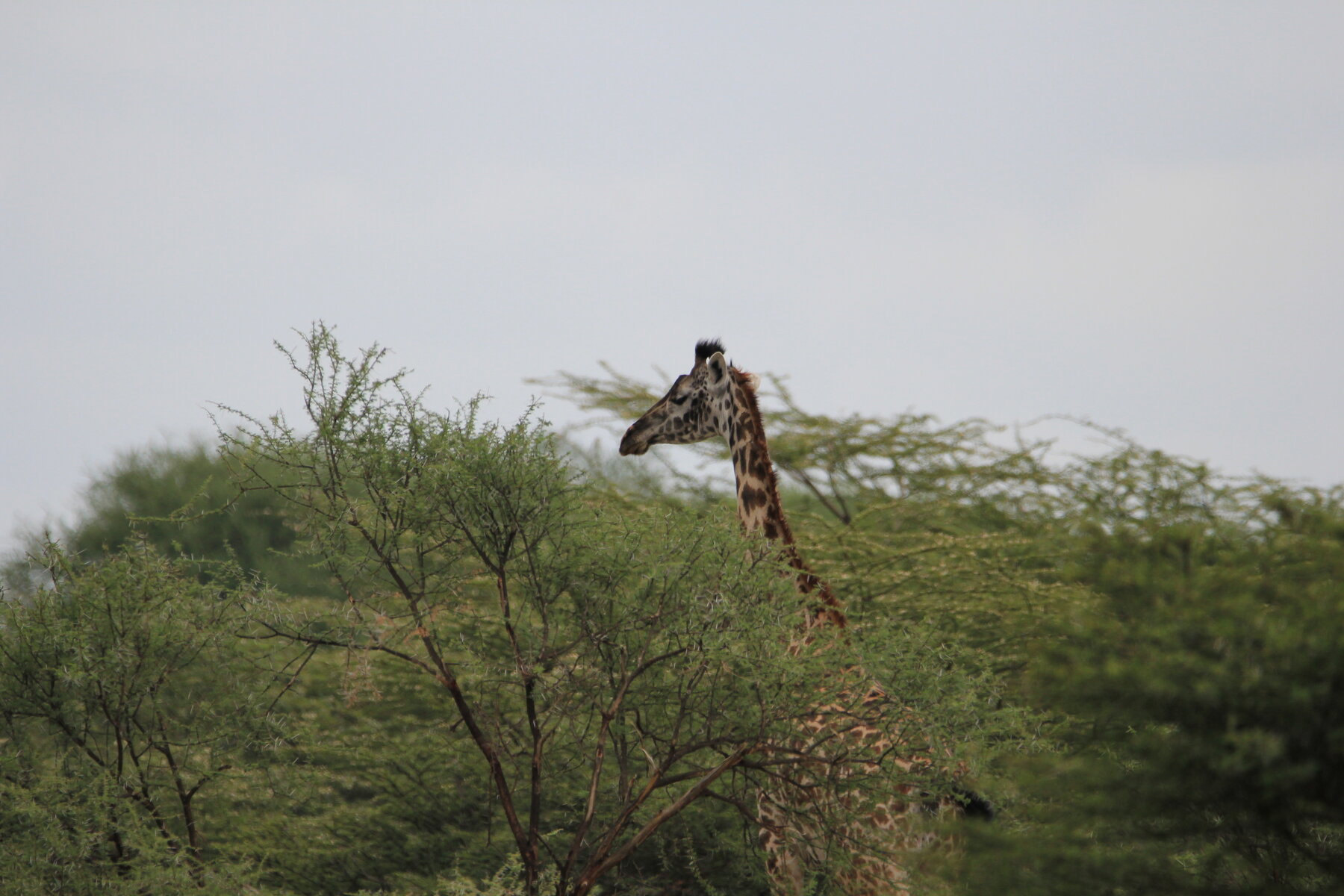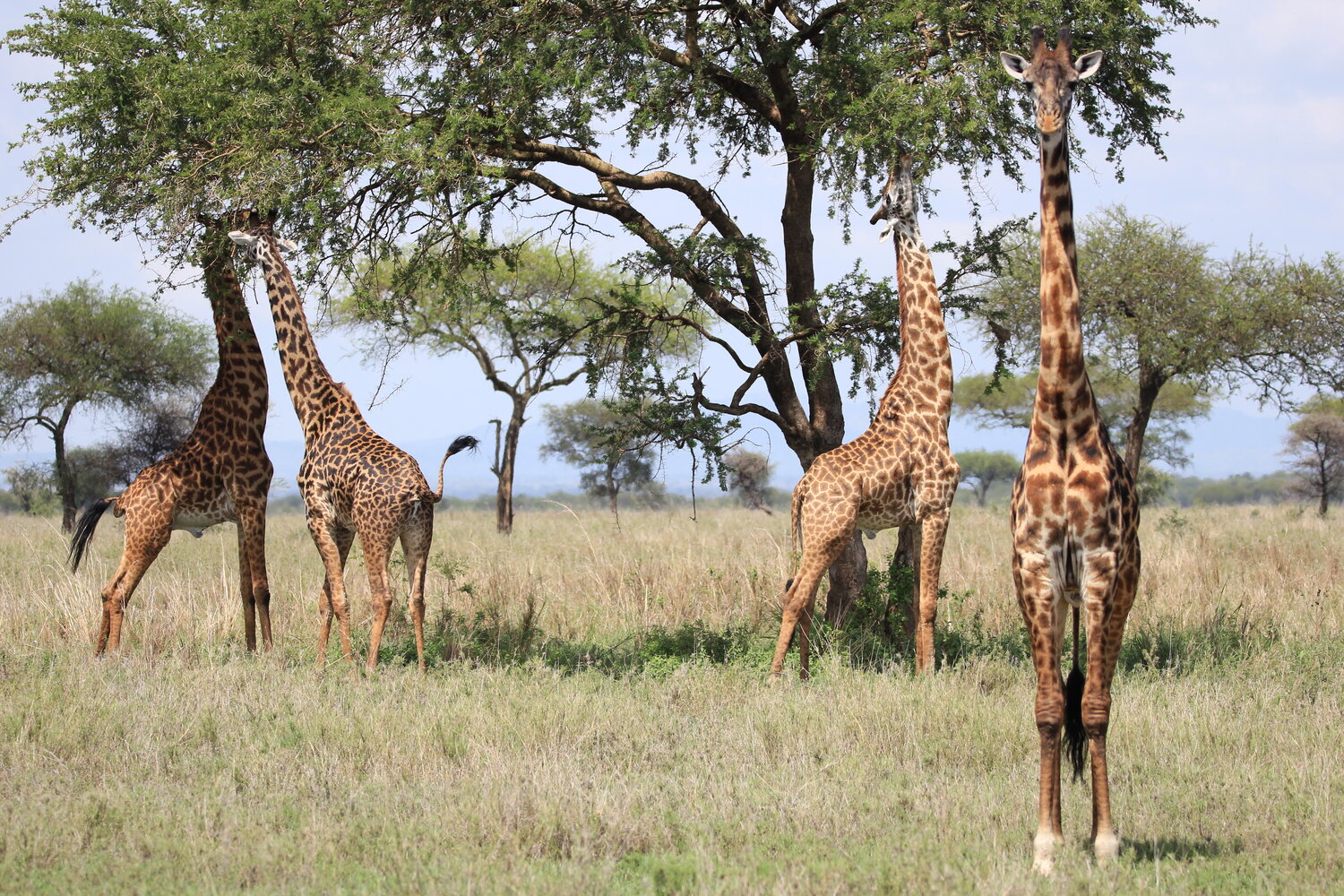Interview: Giraffe project update 2022
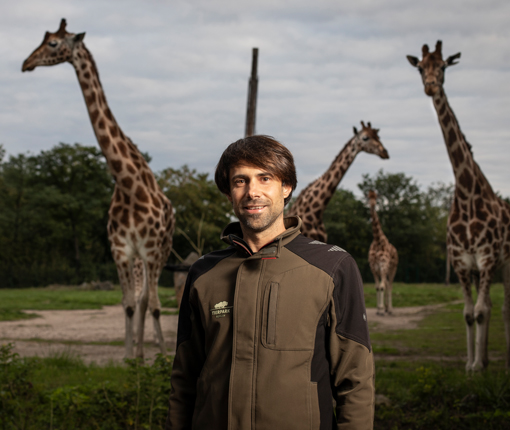
Tierpark Berlin doesn’t only look after the welfare of its own herd of seven giraffes, with the help of sponsor HOWOGE – it also works to protect giraffes living in the wild in Tanzania. Giraffes (Giraffa camelopardalis) are at home on the African savannah and were once found all across the continent. Now, the majestic ruminants live only in isolated areas of sub-Saharan Africa. We spoke with giraffe curator Dr Florian Sicks about the current situation for giraffes in their natural habitat.
Dr Sicks, just how endangered are giraffes?
Since 2016, giraffes have been classified as “Vulnerable” on the IUCN Red List of Threatened Species. In the past 30 years, their numbers have decreased by almost 40 percent. Today, giraffes are barely found outside of national parks, and even designated reserves do not offer reliable protection. The extent of the threat differs among the nine giraffe subspecies, however: four subspecies are actually growing in number, one remains stable, and the other four have declined by as much as 97 percent.
What is Tierpark Berlin doing to help?
For one thing, animals living in zoos always constitute a reserve population for a particular species. The importance of these populations is clear from examples like the European bison, which became extinct in the wild and could only be reintroduced using animals raised in human care. Fortunately, the situation facing giraffes is not yet that severe, but the animals in zoos also enable researchers to learn more about their behaviour – and the more we know about a species, the better we can find ways to protect it. For example, Zoo and Tierpark Berlin are currently participating in a research project on giraffe communication.
Modern zoos are keen to establish a clear link between species conservation efforts inside and outside of an animal’s natural habitat. Cooperation with dependable local partners is crucial for saving endangered species in the wild. For example, we have been working with the Wild Nature Institute for the past six years to help secure the long-term survival of the highly endangered Masai giraffe. Researchers at the Wild Nature Institute are gathering important information about the giraffes living in six protected areas and national parks in Tanzania’s Tarangire ecosystem in order to develop effective conservation strategies.
One of the current studies is looking at the interactions and way of life of giraffe herds living in Arusha National Park. The last study conducted there was 40 years ago. The data collected over the past two years is now being analysed and the population findings are being compared with data from the previous study. In a next step, the researchers will compare the results with those of giraffe herds in other areas of northern Tanzania in an attempt to instigate wide-ranging conservation measures.
What else is being done besides research?
Environmental education is another important aspect of the species conservation project. We aim to get people – especially schoolchildren – excited about the world’s tallest land mammal. Our work here at the Tierpark and that of our colleagues in Tanzania follows the understanding that people only care about what they know and only protect what they care about. For instance, the Wild Nature Institute organises tree-planting campaigns with children from local schools. Several schools also work with the institute’s “Juma the Giraffe” educational material, which we use on our Tierpark tours, too. This material teaches pupils in a fun and playful way about the importance of a functioning ecosystem, for example, and how they can help protect and preserve it in the long term. The schoolchildren are also taken on guided tours of surrounding protected areas and national parks, allowing them to observe giraffes, elephants and zebras more closely. Connecting people who care about nature and creating opportunities for dialogue is another important component of species conservation work. On World Ranger Day, for instance, enthusiastic schoolchildren surprised the rangers of Lake Manyara National Park with handwritten thank-you letters.
What a wonderful project! Thank you for sharing the latest news.
